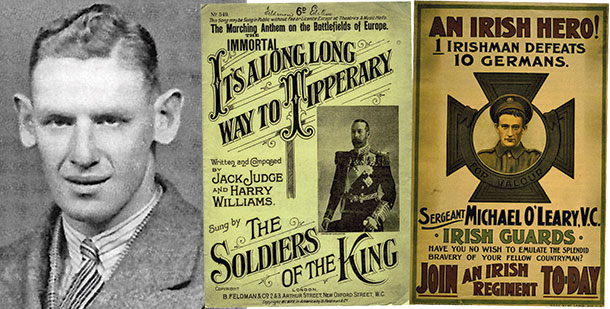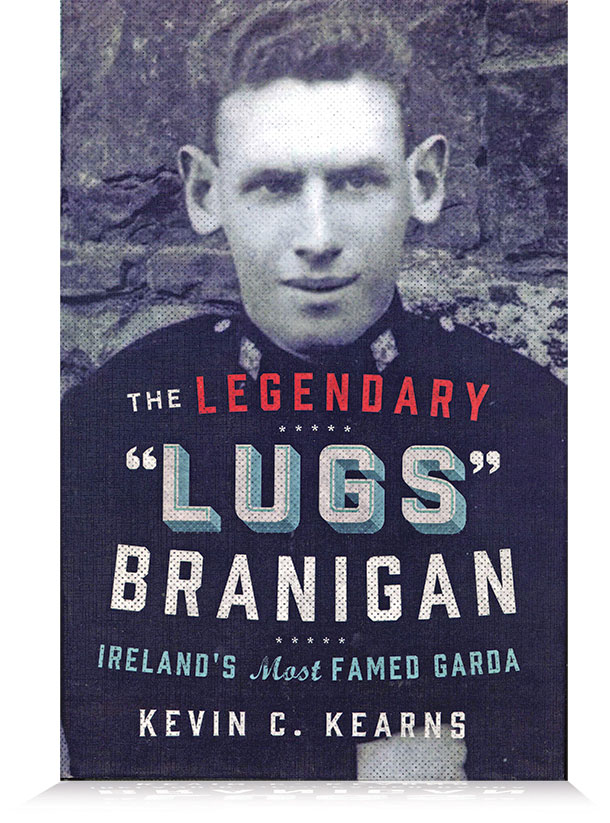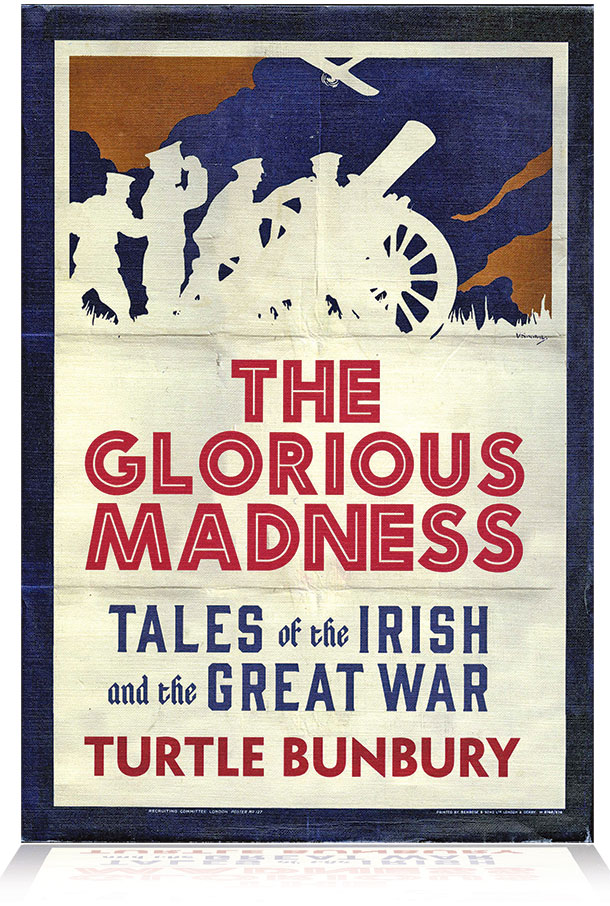12 January 2015 Edition
Above the law and It's a toff's way to Tipperary
Book review

A fawning justification of police illegality and officially-sanctioned violence
The Legendary ‘Lugs’ Branigan – Ireland’s Most Famed Garda
By Kevin C. Kearns. Gill & Macmillan. Price €24.99
Above the law

THIS is a rather strange little biography from an American academic about a Dublin Guard who became something of an iconic figure over a 40-year period.
The book is strange because it avoids any attempt at objective analysis or criticism of its subject, and instead devotes 350-odd pages to a fawning justification of police illegality and officially-sanctioned violence.
Lugs Branigan was a championship boxer, holder of the Leinster heavyweight title, and a member of the Irish international boxing squad. He was a powerful, trained athlete who, as a matter of policy, would give beatings to suspects rather than arrest and charge them. In his own mind, Branigan confessed to seeing himself as a cowboy figure – John Wayne, the sheriff, riding into town to deal with the baddies. Kevin C. Kearns, perhaps because of his American background, appears to have bought in completely to this idealised and cartoonish world view. There’s Right and there’s Wrong – Branigan versus anyone who opposed him. Never mind Fifty Shades of Grey, this book could have been titled 'Fifty Shades of Black and White'.
It is wrong to consider this work to be a biography. It is a eulogy, almost bordering on becoming a hagiography by turning its subject into a pseudo-saintly champion of justice. It’s Superman with his underpants on the inside.
It is the complete absence of any attempt at objectivity or analysis that makes this book so fundamentally unsatisfying.
Great play is made of the fact that Branigan saw himself as a champion of women, a defender of battered wives and brutalised prostitutes. Fair enough. All very laudable and seemingly progressive. The fact is that Branigan too was a beater of women if he felt that they weren’t showing him enough respect. This is excused by the author as “the purpose of the slap was to startle and quiet her, to help quell the emotions of those around her”. I must have missed the bit in crowd control where it explains how beating a woman calms inflamed emotions.
Kevin C. Kearns’s contention is, presumably, that Branigan cleaned up the streets and made them safe for ‘decent’ people. What he does not address is the fact that Branigan’s legacy is not peace in our time but a Garda organisation that still views itself as a police force rather than a police service – a force that feels justified in bending or breaking the law if they decide.
The level of official collusion over Branigan’s antics carried on into the 1970s and 1980s with the Heavy Gang and is ongoing with the Shell to Sea protesters, amongst others.
The Glorious Madness: Tales of the Irish and the Great War
By Turtle Bunbury. Gill & Macmillan. Price €29.99
It's a toff's way to Tipperary

THE first reaction most people on picking up this book would probably be incredulity at the author’s name. Can parents really be that cruel? Turtle Bunbury?
A little research shows that this was not the whimsical imposition of sadistic parents obsessed with amphibia but a name selected by the young Mr Bunbury himself. Perhaps he saw himself as a mutant ninja historian, who knows? It is certainly snappier (pun only slightly intended) than his given name of “The Honourable James Alexander Hugh McClintock-Bunbury, son of the Fifth Baron Rathdonnell”.
From that name, it doesn’t take a lot of thought to deduce that Mr Bunbury is a product of the higher echelons of Anglo-Irish society. And if you didn’t work it out from the name, you soon would from this book.
This could just as easily have been called ‘The Ascendancy at War for King and Empire’. It’s a series of vignettes focusing on different aspects of Irish (or more usually Anglo-Irish) interest. It reads like a weird cross between Who’s Who and a Boy’s Own Adventure story.
There are also some conclusions which are not borne out by the facts. An example of this occurs in a chapter on the British Army song It’s a Long Way to Tipperary.
Mr Bunbury confidently states that it was popular with British and Irish soldiers because “it reflected a yearning for home that was simultaneously poignant and fortifying” and allowed the young soldiers to think nostalgically of home, wherever it may be. Except that most modern researchers feel that the popularity with British squaddies stems from a London brothel they were well acquainted with which was situated between Piccadilly and Leicester Square on the fringes of the Soho red light district. The premises were run by a formidable woman named “Tipperary Mary”, who gave her name to the establishment – Tipperary.
Mr Bunbury appears to have aspirations to be a popular historian along the lines of Simon Schama, David Wood or Myles Dungan. On the evidence of this book, though, he has a way to go before he reaches their levels of effortless erudition.



